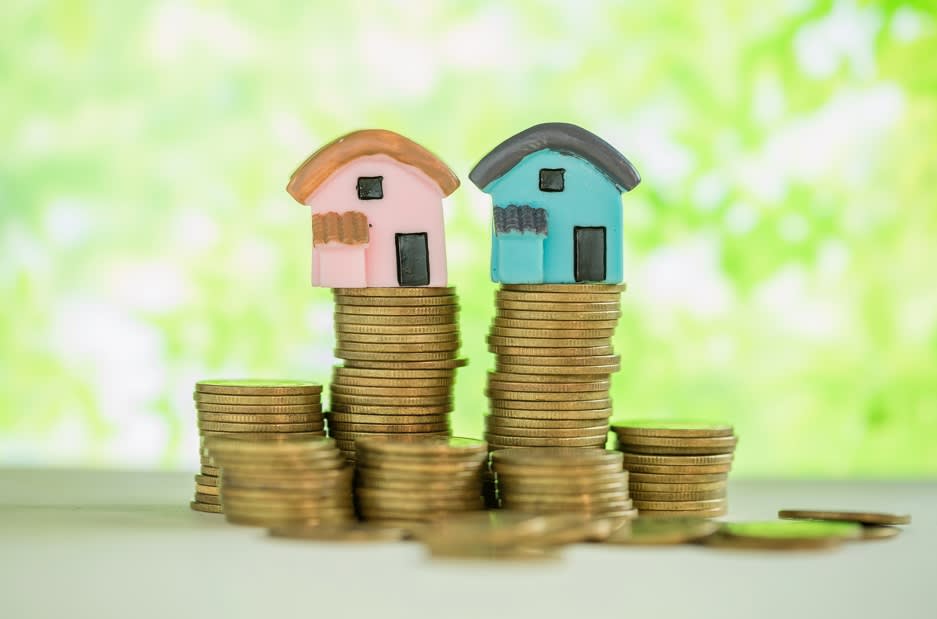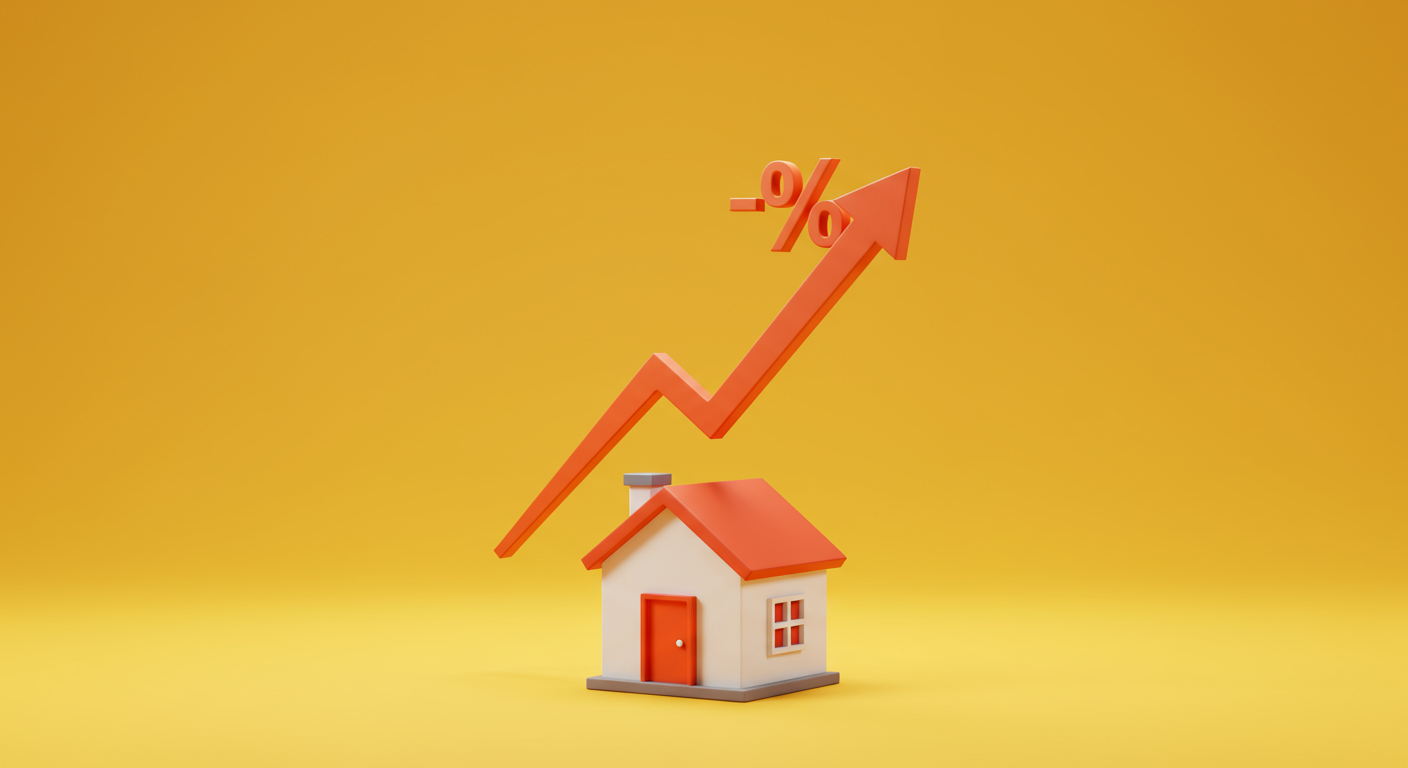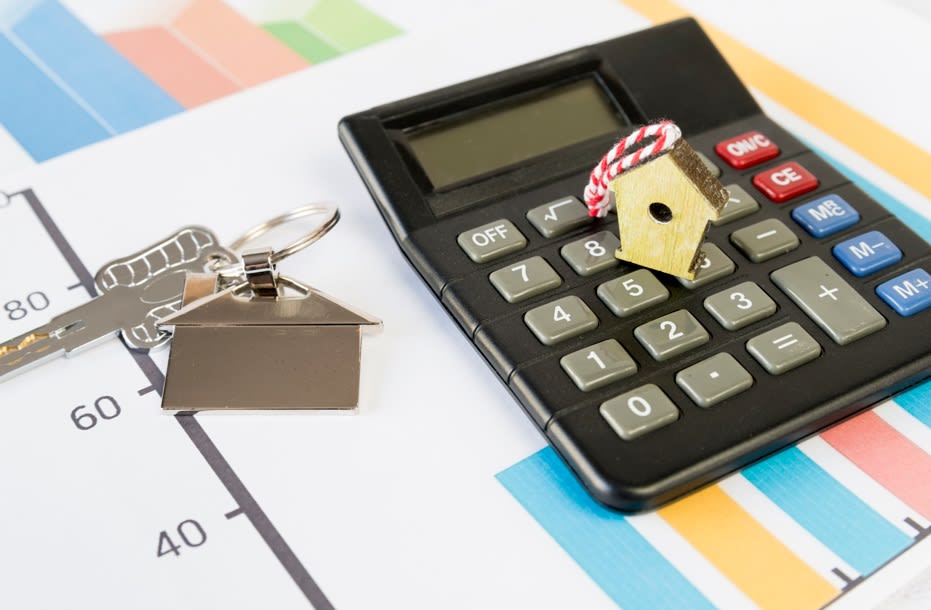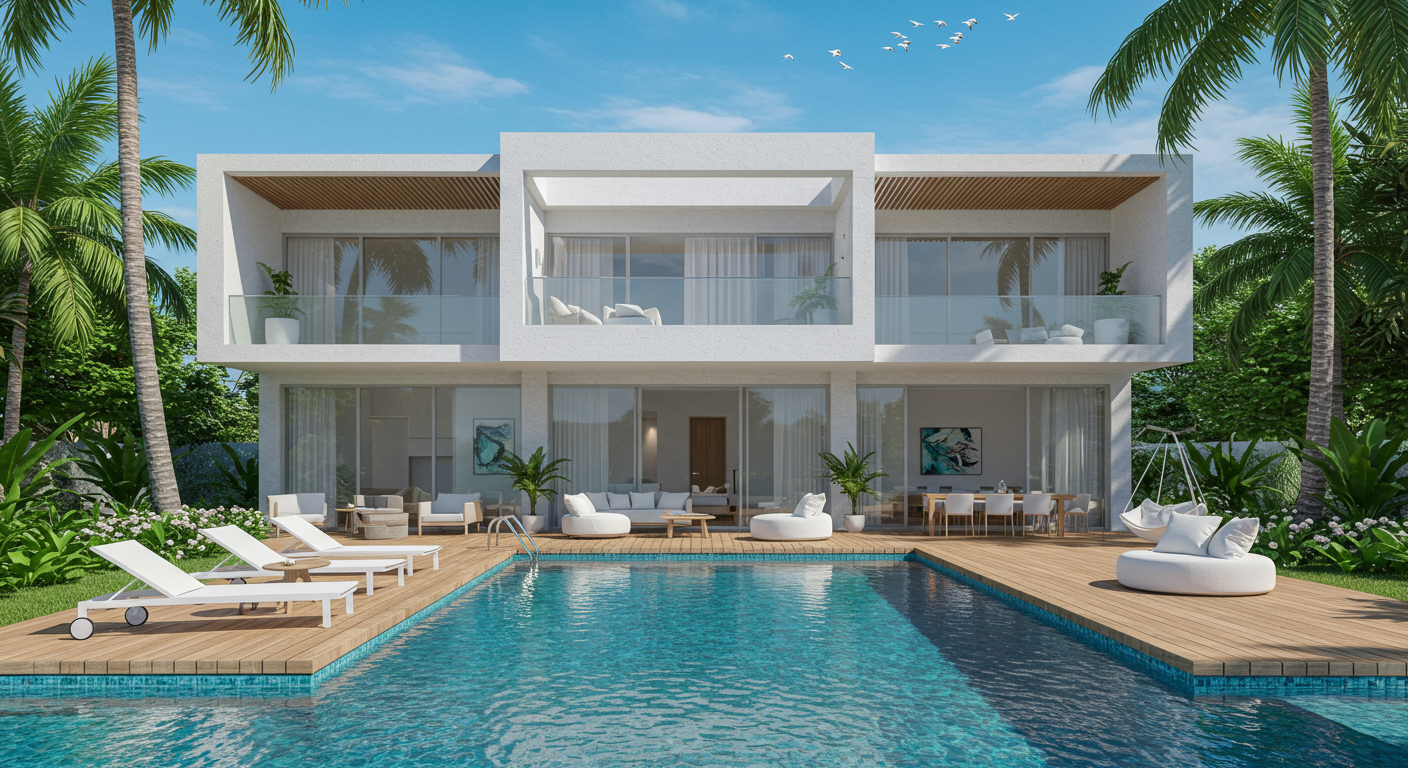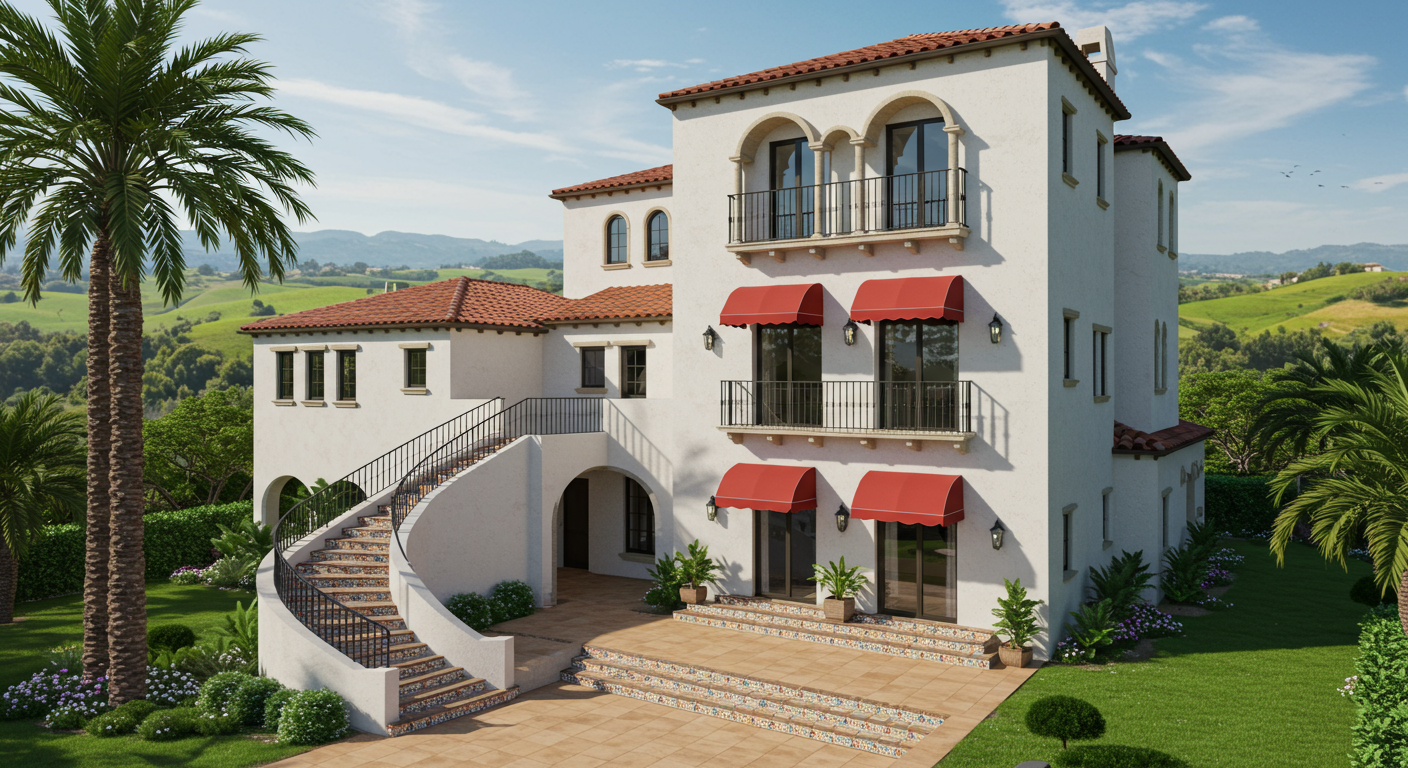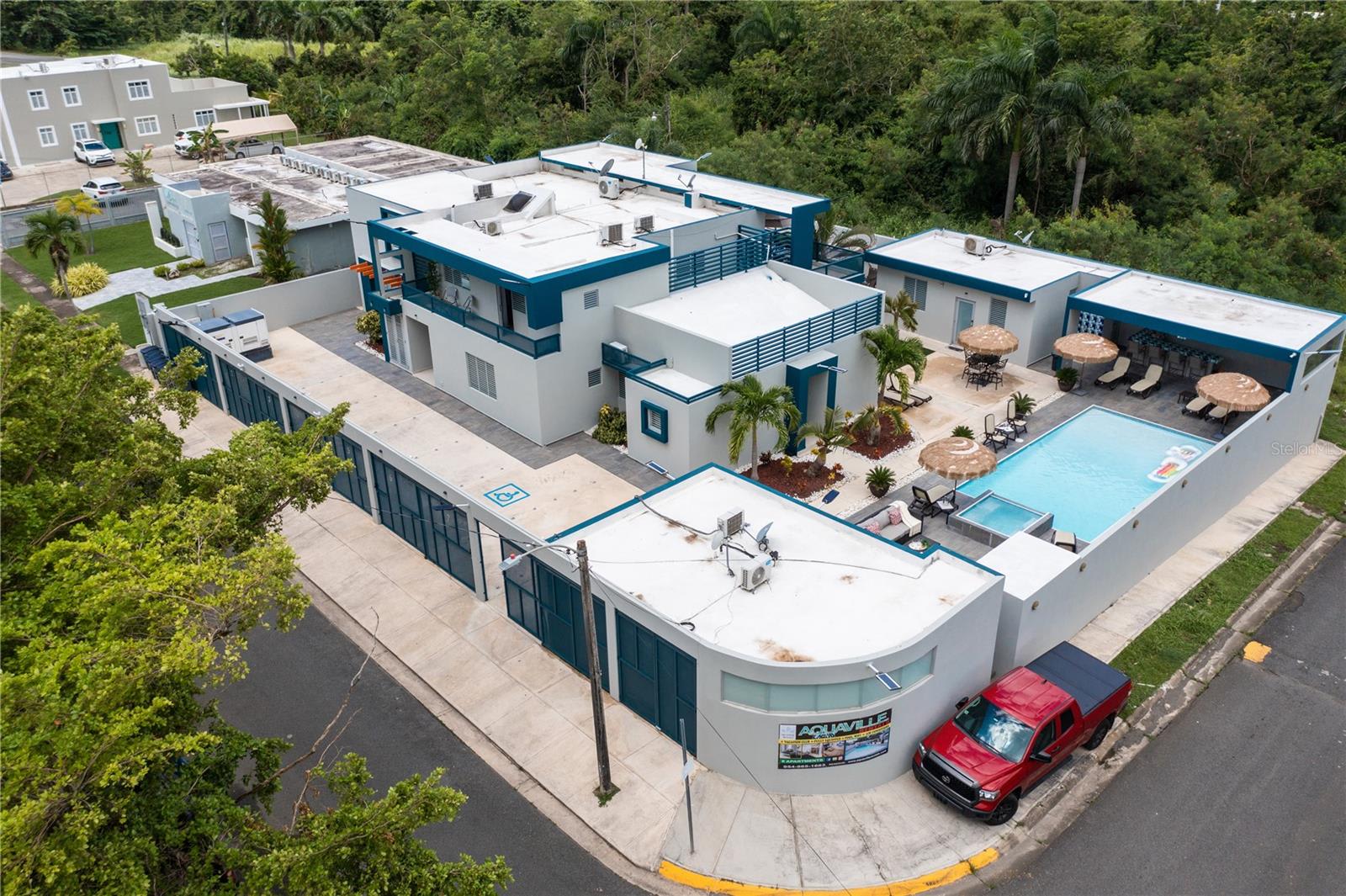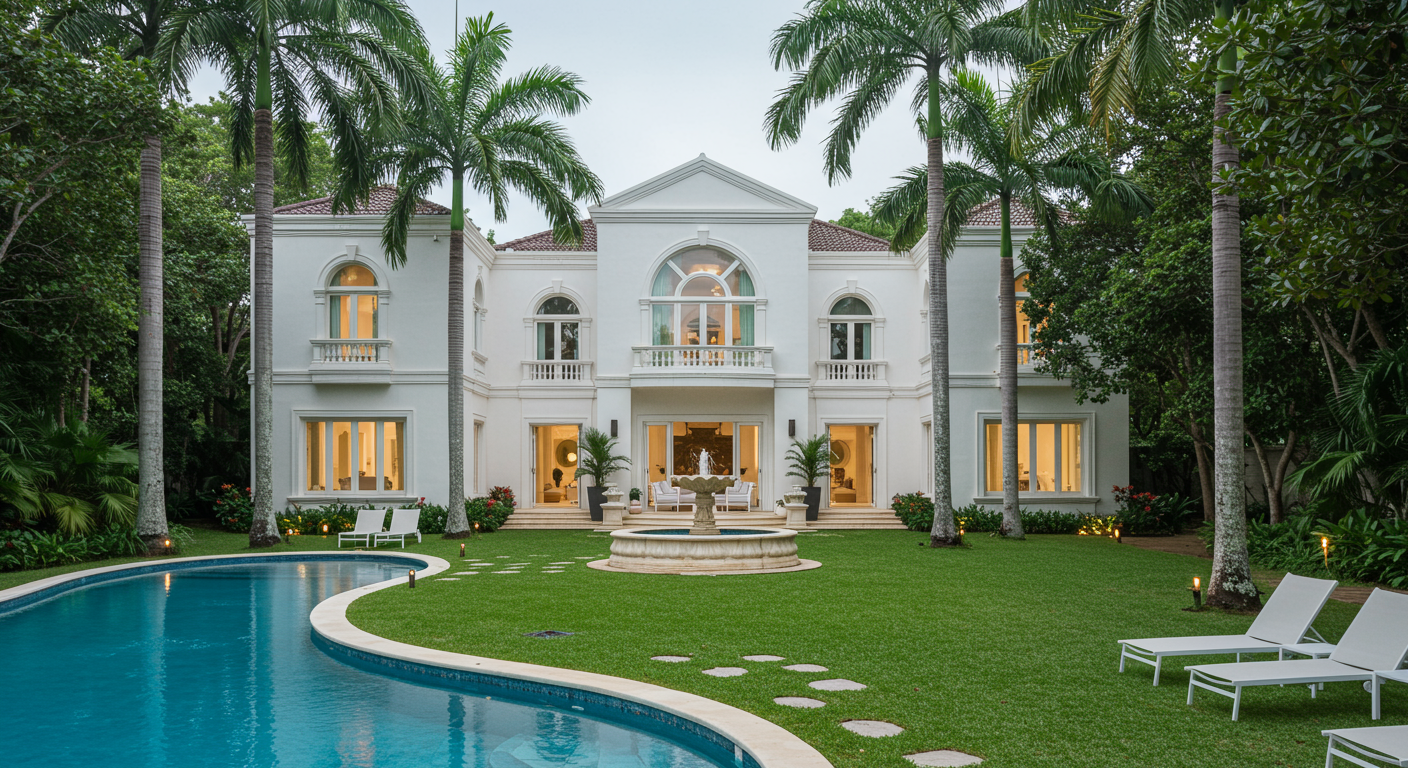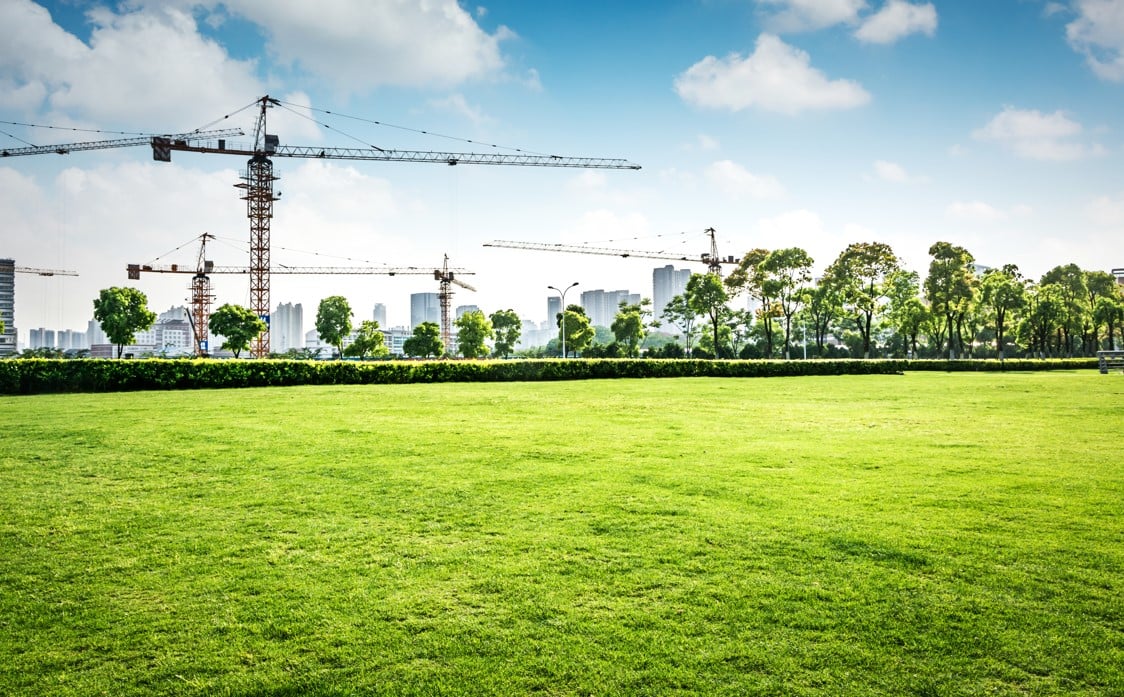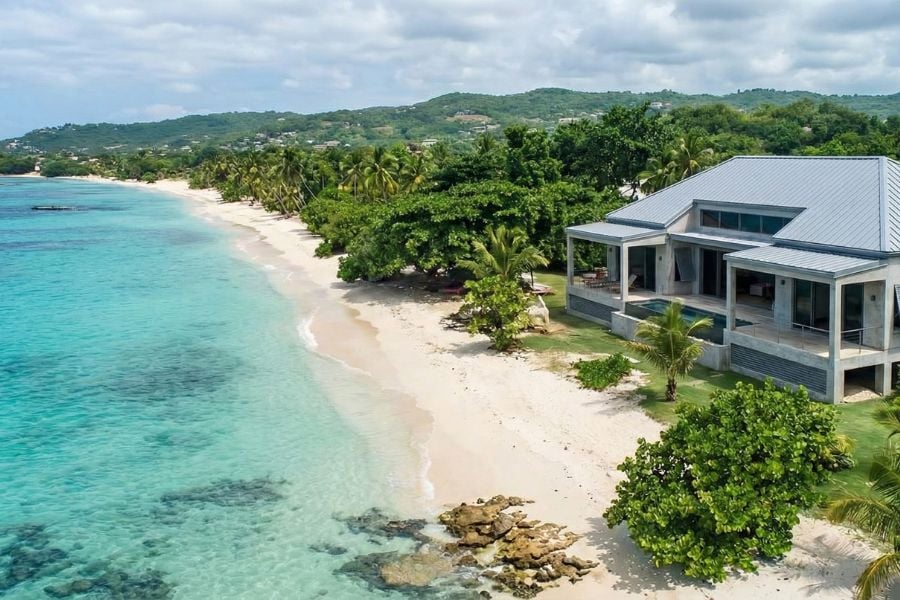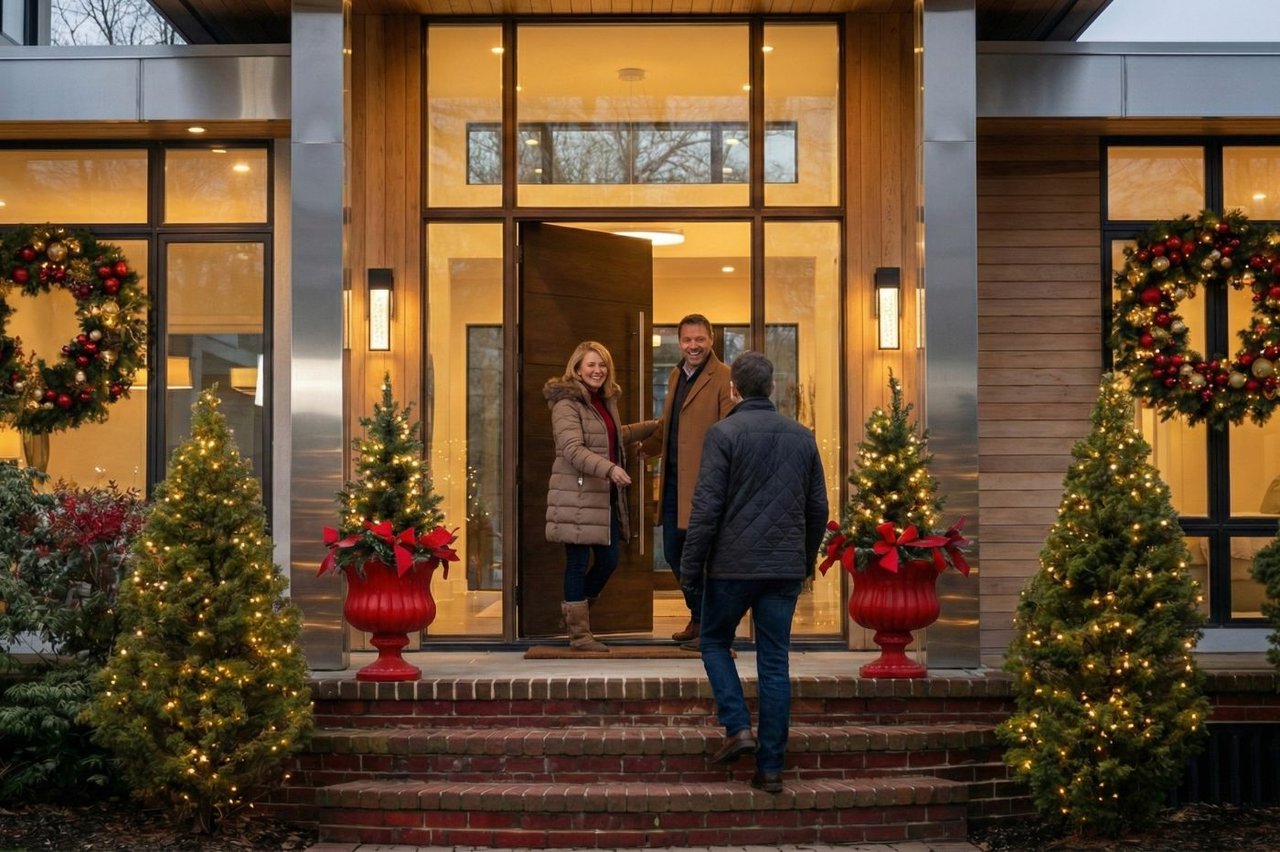Planning to buy your first luxury real estate in Puerto Rico? However, before you purchase, understanding how interest rates in Puerto Rico impact luxury properties is crucial for potential investors. Knowing this can help you make informed decisions about buying properties that could significantly appreciate value.
If you're contemplating whether it's promising to invest in Puerto Rican real estate, how much your property might grow, or if your hard-earned money will be worth the investment, the following details in this blog will shed light on the lucrative and promising nature of the Puerto Rican market.
Key Takeaways
- Mortgage rates and inflation significantly influence property prices and investment potential.
- Prime coastal locations in Puerto Rico offer higher appreciation rates due to their desirability.
- Supply-demand dynamics and local economic conditions directly affect property values.
- Understanding legal, tax implications, and disaster risks is crucial for successful investments.
How do Interest Rates Grow?
Image Source: unsplash.com
Interest rates on house prices are influenced by various factors, with the mortgage rates in Puerto Rico being a crucial determinant. The mortgage rate reflects the cost of borrowing money to buy a house and plays a significant role in the overall housing market.
Mortgage rates are primarily determined by the central bank's policy interest rate. The central bank sets this rate based on its inflation and economic stability targets, making it a key factor in the housing market. To make informed investment decisions, it's essential to be aware of the prevailing mortgage rates in Puerto Rico. As of February 2025, here are some of the available mortgage options:
| Loan Type | Term | Interest Rate | APR |
|---|---|---|---|
| FHA Loan | 30 years | 4.75% | 5.86% |
| Conventional Loan | 15 years | 5.50% | 6.16% |
| Conventional Loan | 30 years | 6.625% | 7.01% |
Note: Rates are subject to change without notice. It is advisable to consult with a mortgage advisor for the most up-to-date rates.
How Rising and Falling Interest Rates Affect Real Estate Investment in Puerto Rico
Understanding how interest rates in Puerto Rico influence real estate investment is essential for both novice and experienced investors. Interest rates directly impact the affordability of financing options, which in turn can affect property prices, demand, and long-term appreciation. Here's how interest rates play a role:
-
Effects of Rising Mortgage Rates on Luxury Real Estate Investments
Rising mortgage rates can lead to a decrease in demand for luxury properties, as higher borrowing costs discourage potential buyers. This can temporarily slow down property price growth, especially in premium locations. Investors in luxury real estate may find it more challenging to sell properties quickly, which can impact liquidity. -
The Role of Low-Interest Rates in Boosting Property Values in High-Demand Areas
Conversely, low interest rates in Puerto Rico encourage more buyers to enter the market, driving up property values in highly sought-after areas. In regions with strong tourism, such as San Juan and Condado, lower rates increase the accessibility of home financing, leading to higher property demand and accelerated property appreciation. -
Risk Management Strategies for Investors in a Fluctuating Interest Rate Environment
To manage risks in a fluctuating interest rate environment, investors should consider locking in fixed-rate mortgages, diversifying property portfolios, and closely monitoring Puerto Rico’s inflation and central bank policies. Additionally, having a strong understanding of local market dynamics can help mitigate potential risks posed by rate hikes.
USDA Single Family Housing Direct Home Loans in Puerto Rico
The USDA Single Family Housing Direct Home Loan program offers an attractive financing option for low and very low-income borrowers in Puerto Rico. This program provides affordable mortgage solutions, making homeownership more accessible.
Current Interest Rates (As of March 1, 2025)
- Standard Fixed Interest Rate: 5.125% for eligible borrowers.
- Payment Assistance Option: Can reduce the rate to as low as 1%, depending on income and financial need.
- Loan Term: Typically 33 to 38 years, allowing for lower monthly payments.
Key Benefits
- No Down Payment Requirement: Borrowers can purchase homes without upfront cash.
- Flexible Credit Requirements: More lenient than conventional loans.
- Affordable Monthly Payments: Long repayment terms and potential rate reductions ease financial burdens.
Why It Matters?
With rising interest rates in Puerto Rico, this USDA program provides a low-cost alternative for homebuyers seeking affordable financing. It enables families to achieve homeownership while benefiting from government-backed stability and financial support.
For investors and homebuyers looking to optimize financing strategies, considering USDA loans alongside conventional mortgages is crucial.
Inflation: Driving force behind it all
Inflation is the rate at which the general level of prices for goods and services rises, eroding purchasing power over time. It means that each currency unit buys fewer goods and services than it did previously. Central banks aim to control inflation to maintain economic stability and growth.
If inflation exceeds the central bank's target, the central bank may respond by raising the policy rate. A higher policy rate increases banks' borrowing costs, which impacts mortgage interest rates in Puerto Rico offered to homebuyers.
Banks, Mortgage, and the Housing market
Banks typically pass on their higher borrowing costs to homebuyers by increasing Puerto Rico mortgage rates, especially for variable-rate mortgages that change with market conditions. This can make borrowing more expensive and affect home affordability.
When mortgage rates rise, house demand decreases, lowering house prices. However, the adjustment in house prices may take time and may be influenced by housing availability and sustained demand due to changing consumer preferences.
With this in mind, you can see how interest rates are generally moving through the housing market.
What Other Factors Affect the Interest Rates?
Aside from mortgage rates, several key factors play crucial roles in determining the fluctuations of real estate market prices, which can ultimately influence the success of your investment.
Property Appreciation by Location
When considering real estate investments in Puerto Rico, examining historical data on property appreciation is essential. Coastal areas and tourist hotspots exhibit higher appreciation rates than inland regions. This is primarily because these areas offer attractive amenities, scenic views, and proximity to beaches, making them highly desirable for tourists and permanent residents.
For example, beachfront properties like Condado, Old San Juan, and Rincon have consistently appreciated due to their prime locations and the continuous influx of visitors and residents.
Supply and Demand
In regions where the demand for housing surpasses the available supply, property values generally rise due to the limited number of homes. This scenario is often observed in bustling urban centers or popular tourist destinations like San Juan and Ponce, where economic activities and tourism drive demand. High demand and limited supply create a seller's market, leading to increased property values and potentially more favorable interest rates from lenders who view these investments as less risky.
Conversely, in areas with an oversupply of housing, property values may stagnate or decrease, making real estate investments less attractive.
Legal and Tax Implications0
Familiarizing yourself with Puerto Rico's property tax rates and any available incentives for investors is essential, as these factors can affect the overall cost and return on your investment. Puerto Rico offers various tax incentives to attract investors, such as reduced property taxes in certain areas or for specific investments.
Additionally, ensuring compliance with local real estate laws and regulations is vital. Engaging a local attorney can help navigate the complexities of property transactions, zoning laws, and any legal hurdles that might arise.
Consumer Preferences
Driving factors that increase the interest rates of houses include consumers' preferences, mainly the reasons people choose to move to specific locations. These factors include:
- Tourism: Puerto Rico's real estate market is closely tied to its tourism industry. Factors like tourism growth can boost property values.
- Infrastructure Development: Ongoing and planned infrastructure and development projects can enhance property values. Monitor developments in transportation, utilities, and public services.
- Employment Rates: Higher employment rates contribute to economic stability and increased demand for housing, positively impacting property values.
Natural Disasters
Puerto Rico's vulnerability to hurricanes and flooding requires investors to consider properties with robust insurance coverage and disaster preparedness measures. Additionally, the long-term impacts of climate change pose risks to coastal properties, necessitating careful assessment of these risks. Investors should consider diversifying their portfolios by including properties in less vulnerable areas to mitigate potential losses and ensure stable long-term returns.
Hurricane Maria
Since Hurricane Maria in 2017, Puerto Rico has seen significant outmigration. Estimates indicate that around 3% to 6% of the population left the island in the months following the hurricane. This outmigration was driven by the devastation caused by the hurricane, which led to a lack of basic services and economic opportunities on the island.
Economic Stability
Puerto Rico's debt situation and overall economic stability are crucial factors influencing real estate investments, making monitoring government policies and fiscal health important.
Declining Population
Population trends, such as declining numbers due to migration, can significantly affect housing demand. Investors should focus on areas with stable or growing populations to ensure better returns and reduce the risks associated with economic and demographic fluctuations.
Starting in 2006, Puerto Rico experienced a severe economic crisis, which led to a decrease in population from around 3.8 million to 3.3 million, largely due to many Puerto Ricans moving to the mainland United States in search of better economic prospects.
Increasing Population
In recent years, in post-2020, several areas in Puerto Rico have experienced notable population growth due to various factors, including immigration and economic developments.
Rincón, a municipio on the western coast of Puerto Rico, was the fastest-growing area in 2023. It saw a modest population increase of about 1.6% from April 2020 to July 2023. The growth is attributed to its appeal as a tourist destination and a haven for expatriates, particularly from the United States, due to its surfing culture and scenic beaches.
Moreover, the capital city, San Juan, remains one of the most densely populated areas. It continues to attract people due to its economic opportunities, cultural attractions, and status as the island's primary urban center. San Juan's population stood at 418,140 in 2023, reflecting its ongoing importance as an economic and cultural hub.
Example of How Property Interest Rates Grow
Consider a hypothetical example of a beachfront property in Condado, San Juan, Puerto Rico, purchased in 1998. This example will illustrate how its value could have grown over the years, influenced by various factors.
Hypothetical Example: Condado Beachfront Property
Property Details:
- Location: Condado, San Juan, Puerto Rico
- Type: Beachfront condo
- Purchase Price (1998): $200,000
- Size: 1,500 sq. ft.
Year-by-Year Growth and Influencing Factors
|
Event |
Inclusive Years |
Price |
Annual Appreciation |
Influencing Factors |
|
Initial Purchase and Early Years |
1998-2000 |
$200,000 (1998), $212,180 (2000) |
3% |
Stable local economy, tourism growth |
|
Economic Growth and Tourism Boom |
2000-2008 |
$212,180 (2000), $313,394 (2008) |
5% |
Increased tourism, investment in local infrastructure, and economic growth in the early 2000s |
|
Global Financial Crisis |
2008-2012 |
$313,394 (2008), $339,998 (2012) |
2% |
Global financial crisis leading to reduced property values and slower appreciation |
|
Recovery and Growth |
2012-2016 |
$339,998 (2012), $398,957 (2016) |
4% |
Recovery from the financial crisis, increasing tourism, and local economic improvement |
|
Impact of Hurricane Maria |
2016-2017 |
$398,957 (2016), $359,061 (2017) |
-10% in 2017 |
Hurricane Maria caused significant damage, temporarily reducing property values |
|
Post-Hurricane Recovery |
2017-2020 |
$359,061 (2017), $427,986 (2020) |
6% |
Reconstruction efforts, government incentives, and economic recovery post-Hurricane Maria |
|
Pandemic Impact and Economic Stability |
2020-2024 |
$427,986 (2020), $560,083 (2024) |
7% |
COVID-19 pandemic impact, increased remote work leading to higher demand for properties in desirable locations, continued tourism growth |
Summary of Influencing Factors
- Economic Growth: Economic stability and growth periods generally led to higher appreciation rates.
- Tourism: Consistent tourism growth positively impacted property values, especially in desirable locations like Condado.
- Natural Disasters: Events like Hurricane Maria temporarily reduced property values but were followed by recovery and growth due to reconstruction efforts.
- Global Events: The global financial crisis and the COVID-19 pandemic influenced property values, with varying impacts on annual appreciation rates.
Hypothetical Price Growth Overview
- 1998: $200,000
- 2000: $212,180
- 2008: $313,394
- 2012: $339,998
- 2016: $398,957
- 2017: $359,061
- 2020: $427,986
- 2024: $560,083
This hypothetical example demonstrates how a well-located property in Puerto Rico can grow in value over time despite facing various challenges and benefiting from economic growth and recovery periods.
Luxury Properties at Their Best Prices Today
For those seeking premier luxury properties for sale, now is an opportune time to invest. With the continuous rise in property values, Christie's International Real Estate Puerto Rico offers an exceptional selection of homes available in today's market. These properties represent the pinnacle of opulence in the most sought-after areas, ensuring a prestigious lifestyle and a sound investment.
2021 CALLE ITALIA SAN JUAN, PR 00911
This is a rare opportunity to own an 8,500-square-foot beachfront lot in Ocean Park, featuring unparalleled views and direct access to over 66 feet of beachfront on one of the most exclusive streets, Calle Italia. The property comes with permitted plans by renowned architects, offering the choice of a shovel-ready project or the chance to create a custom home, all within walking distance of San Juan's top amenities and schools.
6 PORT ROAD HUMACAO, PR 00791
This exceptional 4-story home in Palmas del Mar, designed for multifamily living or rental income, features self-contained units on each floor, stunning mountain and ocean views, luxurious amenities, and potential for outdoor enhancements, making it a versatile and outstanding investment opportunity.
URB. SARDINERA BEACH B 12 CALLE I DORADO,PR 00646
Aquaville in Dorado is a renovated, income-generating property with seven fully furnished apartments, modern amenities like a pool and hot tub, resilience features, and a prime location just 0.6 miles from beaches and dining, making it ideal for short-term rentals.
5 CALLE CEREZO GUAYNABO PR, 00968
Conclusion
Investing in Puerto Rican luxury real estate can be highly rewarding due to the unique blend of favorable economic factors, vibrant tourism, and prime coastal locations. Still, it also requires careful consideration of market dynamics, including interest rates, inflation, and potential risks like natural disasters and economic stability. By staying informed and strategically selecting properties in appreciating areas, investors can optimize their returns and benefit from the promising growth trajectory of the Puerto Rican real estate market.
Ready to invest smartly in Puerto Rico's thriving real estate market? At Christie's International Real Estate Puerto Rico, we specialize in helping clients buy, sell, and rent luxury properties that promise significant returns. Contact us today to explore exclusive property listings, and let our expert team guide you every step of the way!
Related Articles:
- How Construction Companies Are Transforming The Puerto Rico Real Estate
- How to Make a Profit in Luxury Real Estate Investing?
- What Is Hud and How Does It Work?
FAQs
Is Puerto Rico good for investment property?
Yes, Puerto Rico offers a promising real estate market with high appreciation rates in prime coastal locations, attractive tax incentives for investors, and a strong tourism industry that drives demand for luxury properties.
Is it smart to buy a home in Puerto Rico?
Buying a home in Puerto Rico can be a smart investment due to the island's scenic beauty, favorable property appreciation trends, tax benefits, and growing economic opportunities, especially in areas like Condado, Old San Juan, and Rincon.
How do you calculate property taxes in Puerto Rico?
Property taxes in Puerto Rico are calculated based on the property's assessed value, which the local government determines. The current tax rate is typically 1.03% of the assessed value. Still, it is advisable to consult with a local real estate expert or attorney to understand specific tax implications and any available incentives.
